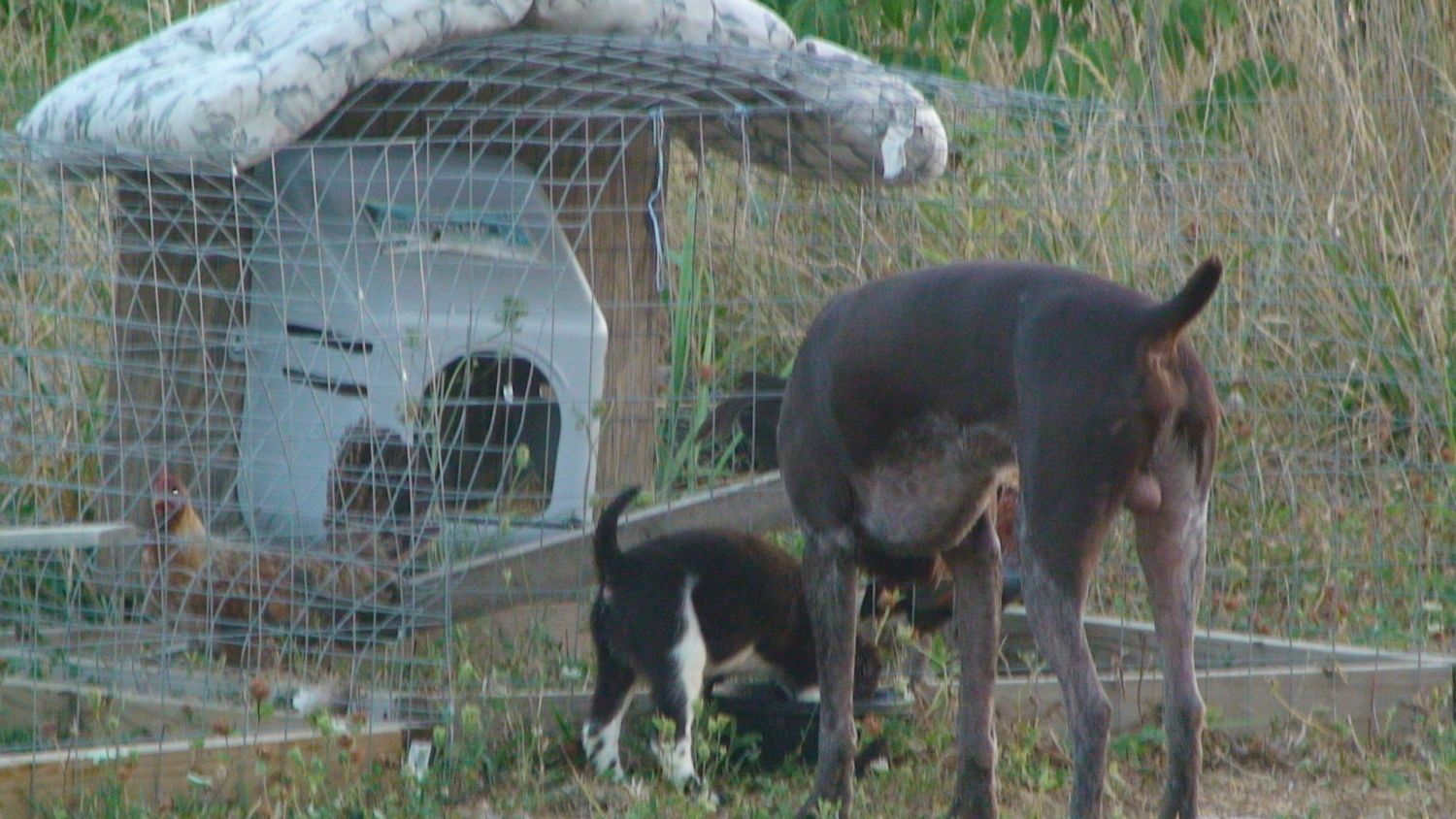- Thread starter
- #81
Much of the night so far Scoob has been working property barking and getting me to come out with rifle and light but now actual critter. Smell of a skunk is strong and I can hear a great-horned owl talking smack about 1/4 mile away. If that bugger visits, some chickens may get knocked out of trees but Scoob will be able to prevent losses. Owl maybe involved with skunk smell.








